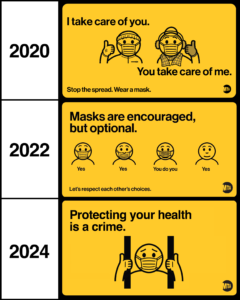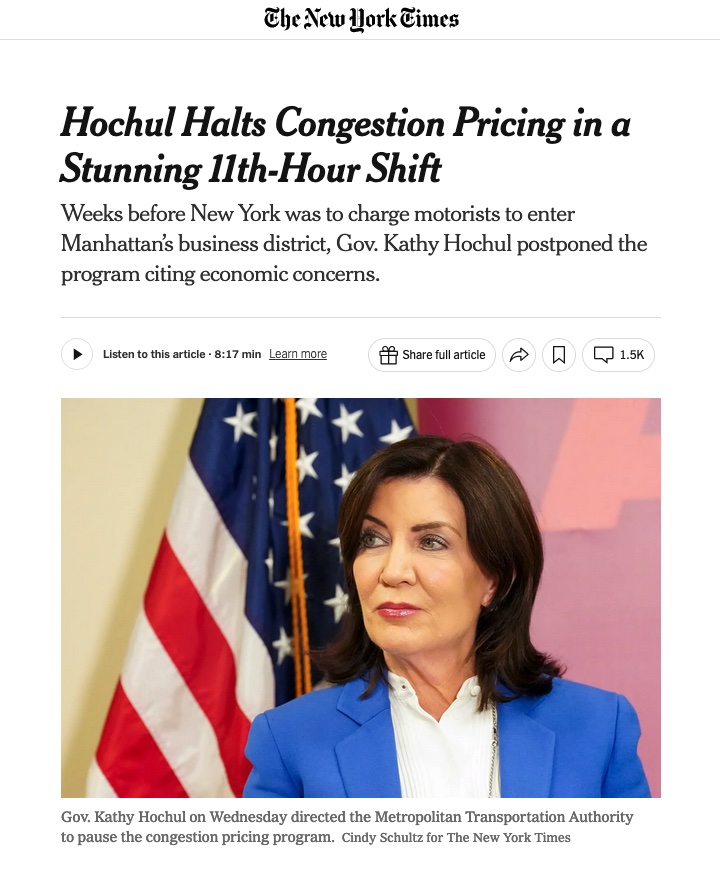A lot of crazy shit happened this week, I don’t feel the need to rehash or react to any of it here. I’ll say only this: Americans, please make sure you’re registered to vote and understand what is at stake in the upcoming elections. Then, of course, vote!
On a lighter note, after last weeks live jam, we were back to using Jamulus this week. Last weekend’s “intensive” seems to have improved my playing ability just a bit. Things felt and sounded a bit smoother this Friday.
In other music news, I discovered that we have a drummer in the family! Honestly, they didn’t seem all that interested in joining our jam, but they have a kit at home and live well within Jamulus range to the rest of us. I’ll turn on the charm and see if I can recruit him.
Links
- Citynerd Video: Project 2025’s Genius Ideas on Cities and Transportation
Why do conservatives seem to be against the things proven our cities better places? - Follow the Crypto

